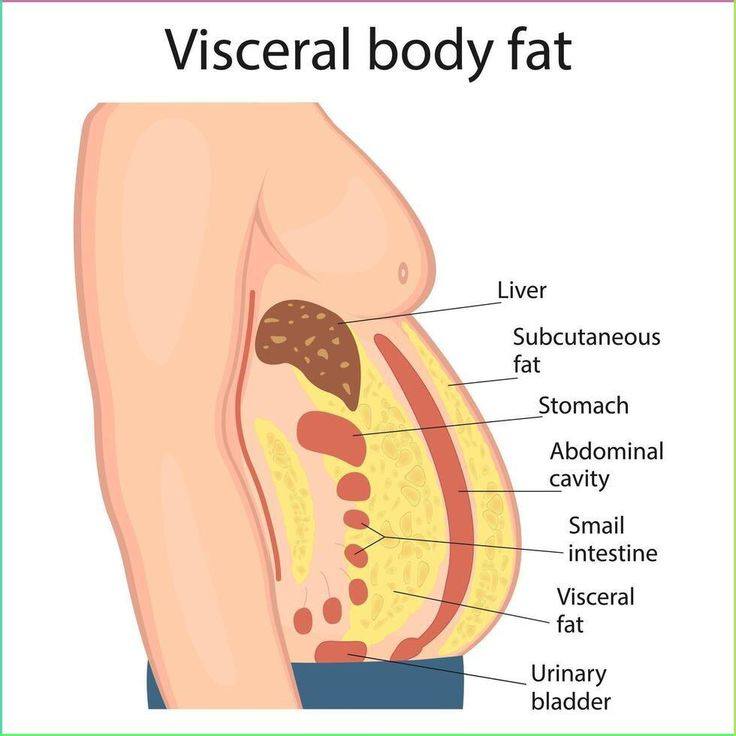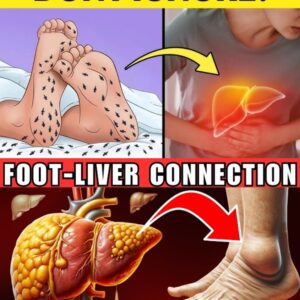What Is Visceral Body Fat vs Subcutaneous Fat?

When it comes to body composition and health, not all fat is created equal. Two major types of fat—visceral body fat vs subcutaneous fat—play dramatically different roles in your wellbeing. While subcutaneous fat is what most people see and pinch under the skin, visceral fat lies deep inside the abdomen around vital organs. Knowing the distinction between these two fat types is crucial for managing your health and reducing the risk of chronic disease.
What Is Subcutaneous Fat?
Subcutaneous fat is located just beneath the skin. It acts as a protective layer, providing insulation and energy storage. Typically found in areas such as the thighs, buttocks, and arms, this fat type is more noticeable but generally less harmful. In fact, having a moderate amount of subcutaneous fat is healthy and normal. It helps regulate body temperature and cushions muscles and bones. However, excessive subcutaneous fat can still contribute to obesity-related complications, including joint stress and poor mobility.
What Is Visceral Body Fat?
Visceral body fat, on the other hand, sits deep within the abdominal cavity and wraps tightly around organs like the liver, pancreas, and intestines. This “hidden” fat cannot be seen or felt externally, making it more dangerous. High levels of visceral fat are associated with serious health risks such as type 2 diabetes, heart disease, stroke, and certain cancers. Unlike subcutaneous fat, visceral body fat secretes inflammatory chemicals that interfere with hormonal function, blood pressure, and insulin sensitivity.
Health Risks of Visceral Body Fat vs Subcutaneous Fat
The biggest difference between visceral body fat vs subcutaneous fat lies in their impact on health. Visceral fat is metabolically active and releases toxins into the bloodstream. These compounds can increase LDL (bad) cholesterol, elevate blood pressure, and trigger insulin resistance. Subcutaneous fat, while still linked to obesity when excessive, usually has fewer metabolic effects. Reducing visceral fat is therefore a top priority for long-term health and disease prevention.
How to Measure and Monitor Fat Types
Measuring subcutaneous fat is relatively simple through tools like skinfold calipers or BMI calculations. Measuring visceral body fat requires more advanced techniques such as waist-to-hip ratio, CT scans, or DEXA scans. A waist circumference above 35 inches (women) or 40 inches (men) often suggests higher visceral fat levels. Understanding your body fat composition helps determine the best strategy for fat reduction and overall fitness.
How to Reduce Visceral Body Fat vs Subcutaneous Fat
Losing visceral body fat requires a strategic combination of diet, exercise, and lifestyle changes. Prioritize:
- Balanced nutrition: Eat high-fiber foods, lean proteins, and limit processed sugar.
- Exercise: Engage in regular aerobic activities like running, cycling, or swimming to burn visceral fat.
- Strength training: Build muscle to increase metabolism and burn additional calories.
- Sleep and stress management: Poor sleep and high stress trigger cortisol, which increases visceral fat storage.
Subcutaneous fat can also be reduced with similar approaches, but spot reduction is not effective. Whole-body fat loss through a healthy lifestyle is the most sustainable method.
Why the Difference Matters
Understanding visceral body fat vs subcutaneous fat empowers you to make more informed decisions about health and fitness. While subcutaneous fat is often a cosmetic concern, visceral fat is a silent threat with serious medical consequences. By focusing on reducing visceral fat, you can significantly improve your heart health, boost energy levels, and decrease your risk of chronic illness.
Both fat types serve purposes in the body, but an excess of visceral body fat versus subcutaneous fat poses a much greater health danger. Making mindful lifestyle adjustments now can help reduce visceral fat and enhance overall wellness. Regular monitoring and a proactive approach are the keys to long-term health.






